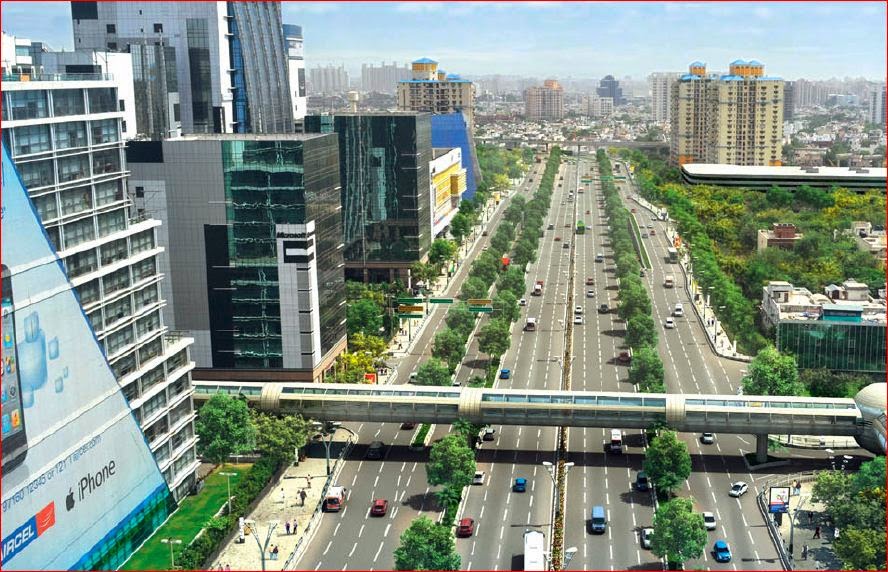After almost two decades after independence, Kolkata- the city of joy- was the financial capital of the country. Kolkata rose to prominence as the capital of British India, and an important trading hub, driven by the entrepreneurial Marwari class, which migrated from present-day Rajasthan.
But since the rise of Communism 60s, the importance of Kolkata as industrial and financial capital declined, as the everyday dharna and hartals made it impossible for businesses to operate.
The city of Mumbai, led by centre-right Congress leaders, established itself as the financial capital of the country by late 70s. Since then, the city has been financial capital of the country, housing head offices of the largest corporates, market regulators, and most of the country’s entrepreneurial class. Mumbai became the new hub for people with rags to riches story; the people who migrated with little or no capital to city, slept on railway stations, and finally, made it Big!
But this story is not about Mumbai; this is about another Indian city (or region), which rose to prominence in the last decade- Delhi or National capital Region (NCR).
Delhi was declared national capital by the British in 1911. The erstwhile capital of British India, Kolkata, was unsuitable to be capital; given the fact the British have expanded its territories up to North Western Frontier Province of present-day Pakistan. The British wanted the capital to be somewhere in the middle of the territory controlled by them, and Delhi, which has been capital of Mughal India, seemed best bet to them.
Delhi became the capital of British India, and later of independent India, but as the centre of commerce and trade, its position was never pre-eminent. Like many other large nations like United States, China, Russia have different political capital and commercial capital, India too has New Delhi as its political capital and Mumbai as commercial capital.
The city of Delhi burgeoned as an important trading hub in North India, but at the national scale, its importance as a commercial hub remained subdued.
The Delhi-Mumbai rivalry, which is a popular topic on social media, receives a lot of attention from the people in these cities, as well as from those living in other parts of the country.
In popular perception, Delhi is seen as a hub of unproductive politicians and bureaucrats, who live on taxpayers’ money, which mostly comes from the Southern and Western part of the country. This is not a false notion; given the fact that 32 per cent of country’s direct taxes (corporate tax+ Income tax) comes from Mumbai, while Delhi ranks poor second with less than 15 per cent contribution.
However, in the last decade, the rise of Delhi-NCR as a financial hub has been phenomenal. As per a report, Delhi-NCR is the new startup capital of the country and one of the top 5 at the global scale. The city has more registered startups and unicorns (a privately held startup company valued at over $1 billion) than Bengaluru and Mumbai.
In the last decade, the economic growth of Delhi has been higher than that of Mumbai. The city was fortunate to have an able administrator- the late Sheila Dixit- for more than one decade (1998-2013). Dixit build on the generous support from the central government under NDA I, UPA I and UPA II.
The city benefitted from the efforts of the central government too. The UPA government-held Commonwealth Games was in Delhi in 2010 and keeping aside the scam that it was marred by, the advent of CWG gave the city a complete makeover in terms of public infrastructure.
The city was awarded union territory status and therefore got its own government. Almost all the revenue of the Delhi and the grants from the central government is spent on the city itself, unlike Mumbai, which has become a ‘colony’ of Maharashtra. The majority of the revenues of Maharashtra government comes from Mumbai, but, the city gets very little when it comes to public spending. Despite being the commercial capital of the country, Mumbai has one of the poorest public infrastructure among any major city the world, while Delhi, on the other hand, enjoys world-class pubic infrastructure.
In the last two decades, the environment has been conducive to Delhi’s economic growth. The city got an able administrator; it benefitted from the central government’s decision to greater dissolution of divisible pool of taxes and the perception change.
The central government in Delhi was seen as ‘socialist’ for decades, therefore, it was obvious that there will be many political hurdles to any capitalist project. Therefore, the capitalist class stayed away from Delhi. But, in the last two decades, the union government taken a market economy stance and therefore, the hurdles to capital investment (bureaucracy, environmental activism, red-tapism) is getting minimized, and this benefitted the city immensely.
In the last decade, the journey of Delhi in terms of economic productivity has been very good. If the city continues to go on this path, and the Delhi politicians like Arvind Kejriwal shun some of populist policies or some other government comes of power after 2020 assembly election, the Delhi-NCR might be able to replace Mumbai as financial capital in next decade, just like Mumbai replaced Kolkata five decades ago.
